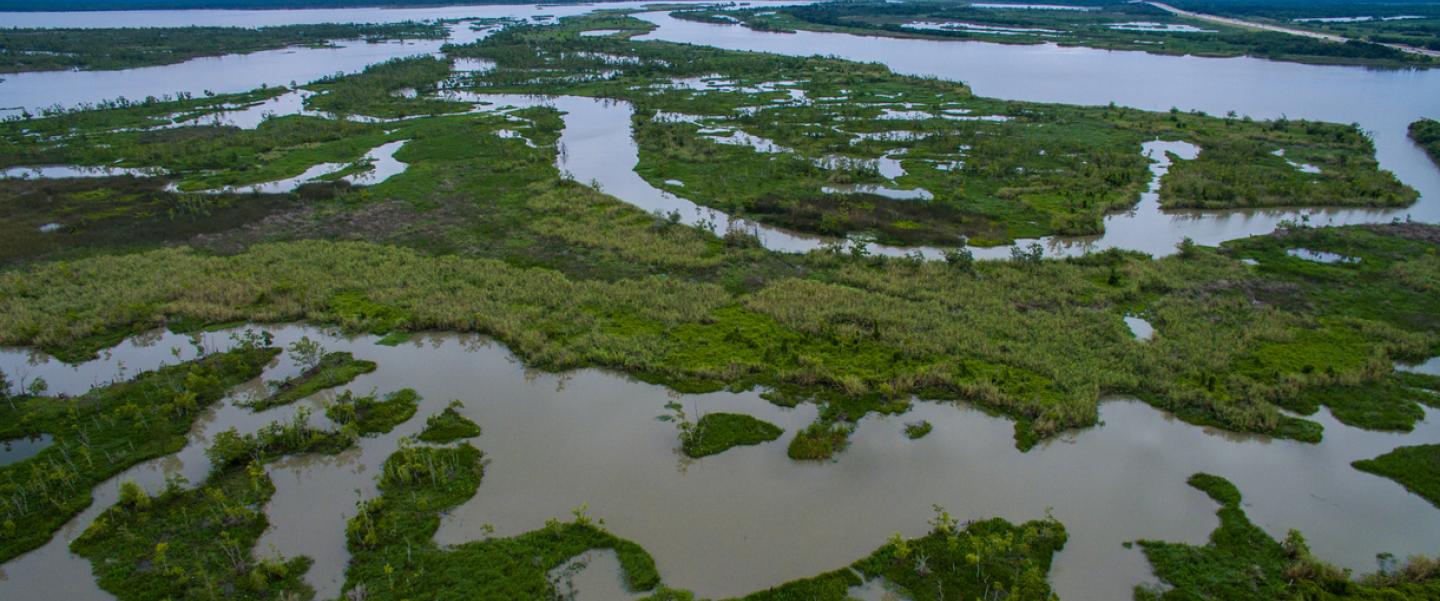HIGHLIGHTS
- A large-scale sediment diversion was planned to reconnect the Mississippi River to Louisiana's Barataria Basin estuary.
- Abt has been integral to assessing the restoration alternatives for this project, and took the lead in drafting the Restoration Plan.
- This first-of-its-kind project, estimated to cost more than $2 billion, would be one of the largest and most innovative coastal habitat restoration efforts.
The Challenge
Louisiana needs to rebuild its eroding coastline, which is degrading in part because levees prevent sediment from the Mississippi River from replenishing coastal areas. The Mid-Barataria Sediment Diversion (MBSD) was proposed to reconnect the river to coastal wetlands, which will improve their productivity and sustainability over the next few decades. The Louisiana Coastal Protection and Restoration Authority and the Louisiana Trustee Implementation Group (TIG) hired Abt to support the development of an MBSD Draft Restoration Plan (RP), including supporting associated environmental impact studies (EIS).
The Approach
For both the RP and the EIS, the Abt team helped:
- Develop and consider restoration alternatives.
- Conduct technical analyses of the potential impacts of different alternatives on aquatic resources, marine mammals, commercial fisheries, recreation and socioeconomics (this work includes the development of a Biological Assessment and Essential Fish Habitat Report).
- Draft the Restoration Plan.
- Secure translations of key documents into Kmer, Spanish, and Vietnamese.
- Organize, review, and respond to public comments on the draft RP and draft EIS.
- Through participation in regular TIG meetings and calls.
- Coordinate with the various members of the LA TIG.
The Results
The Final Restoration Plan and Final EIS have been released. Over 50 years, the sediment carried by the proposed diversion is projected to restore more than 13,000 acres of wetland habitat—which is 20 square miles. These restored wetlands would contribute to protecting communities and infrastructure, reducing impacts from storms, supporting healthier Gulf fisheries, and benefiting many species important to the region’s economy and environment.
